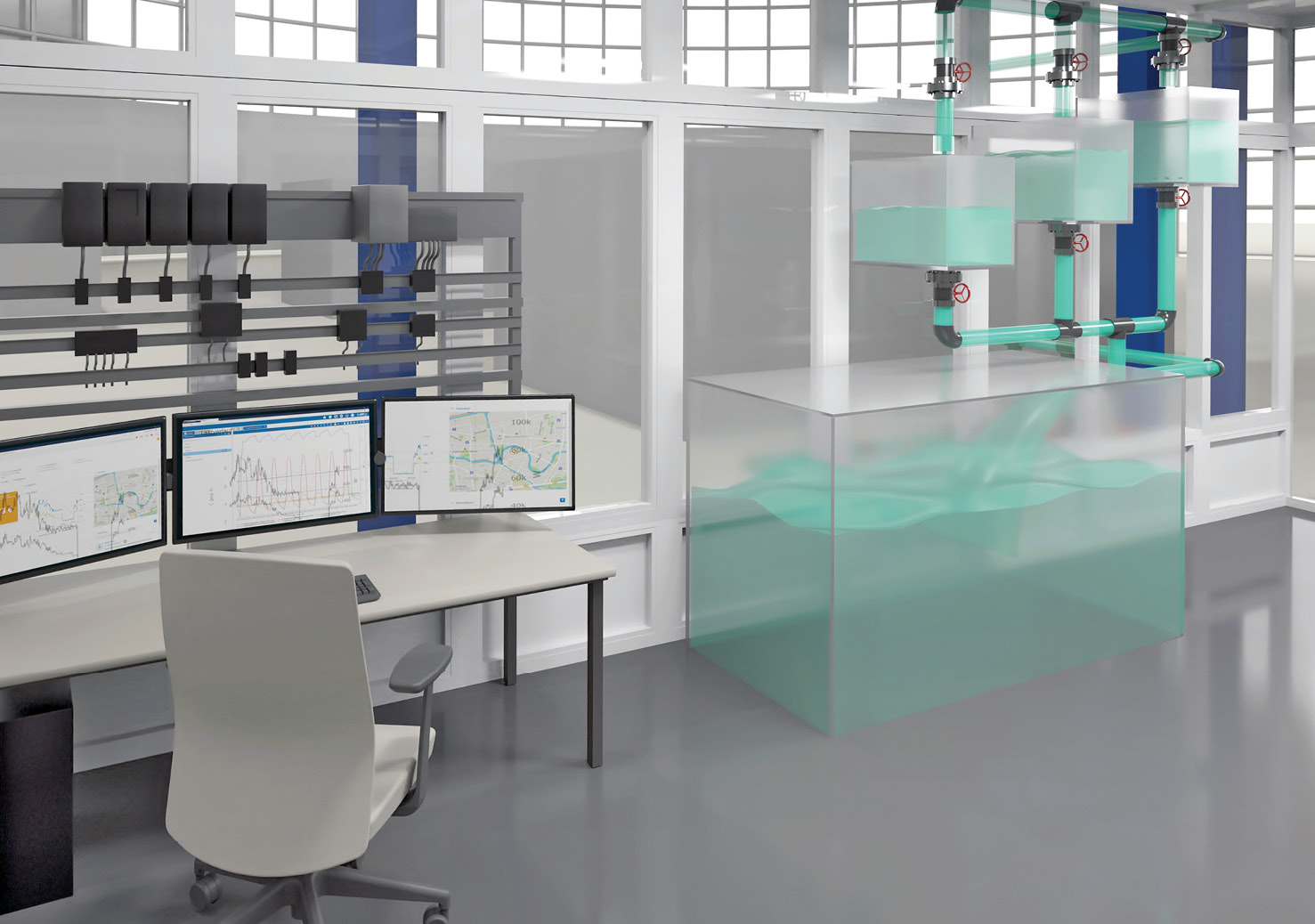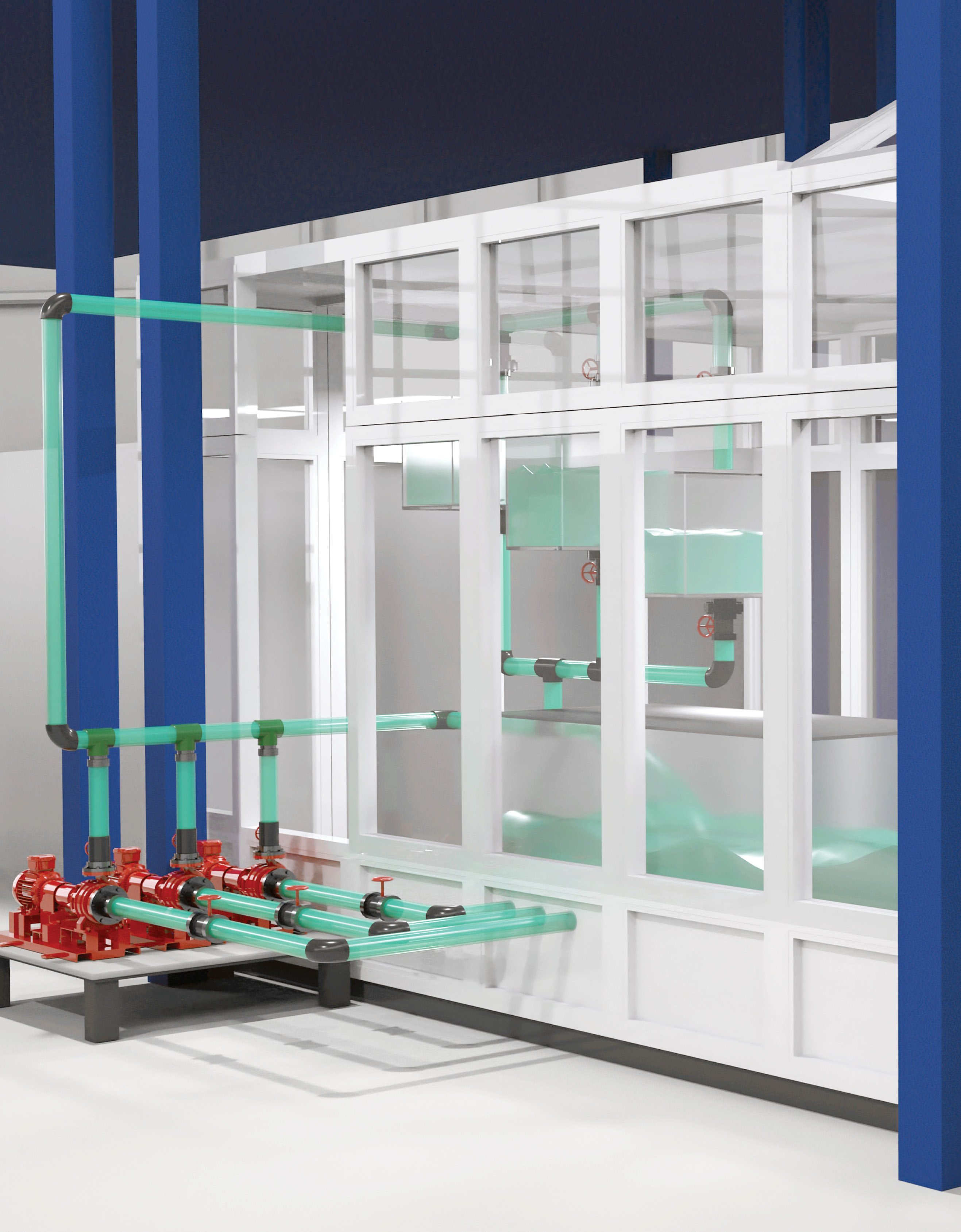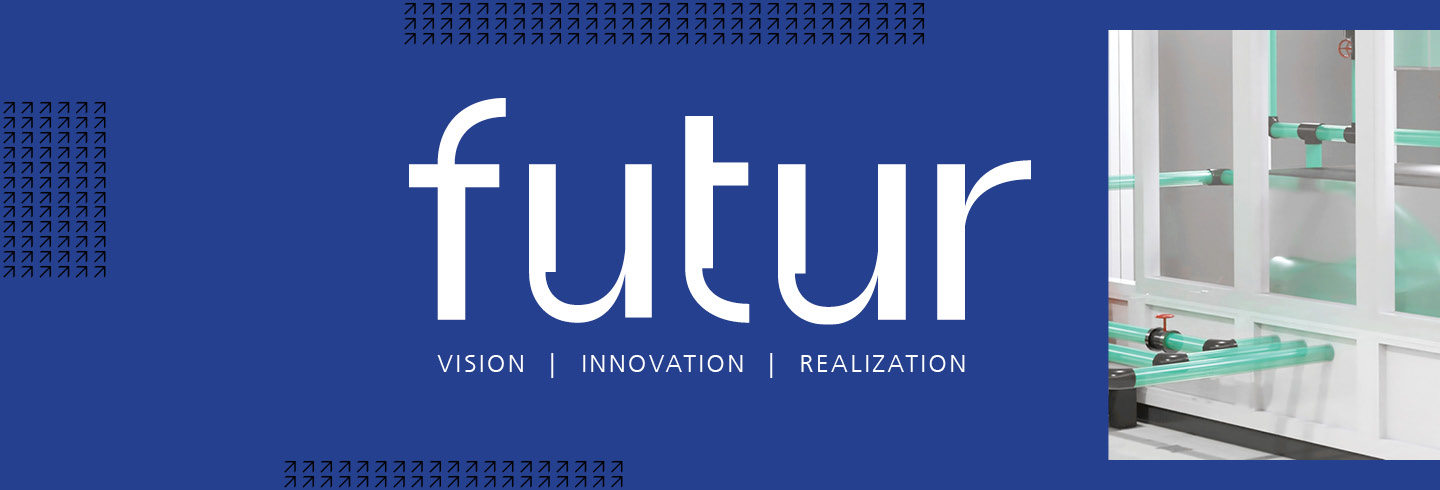Energy Efficient with Industrie 4.0
Lab Portrait


The developments of digitalization, and in particular those of Industrie 4.0, are offering manufacturing companies ever more new opportunities to monitor and increase their energy efficiency. As the GreenTech made in Germany report published by the Federal Ministry for the Environment shows, Germany boasts a broad range of providers of such products.
Industry actors have, however, pointed out the lack of a clear overview of practically tested possibilities and solutions for increasing energy efficiency. Users find that many procedures with controlling interventions cannot be directly adopted in running operations, particularly when it comes to serial production. There is a high demand for testbeds to demonstrate and test methods on real machines and systems with direct opportunity for user participation and interaction.
With its broad-based testbed at the Production Technology Center (PTZ) Berlin and the domain-specific expertise of its research scientists and engineers, Fraunhofer IPK is ideally situated to test and demonstrate solutions for monitoring and raising energy efficiency.
Living Innovation at the Berlin Testbed
The Lab for Energy Efficiency (L4EE) is scheduled to open at PTZ Berlin in autumn 2020. The Lab’s exhibits will exemplify how Industrie 4.0 technologies can be used to increase the energy efficiency of industrial processes. To ensure a maximum level of practical relevance companies will be invited to contribute their use-cases and act as mentors to the exhibits built at Fraunhofer IPK.
Control of supply technology is one important entry domain, as both substantial energy saving potential and the possibilities for controlling intervention are amply documented in this field. Moreover, the L4EE has an additional focus on production processes. For instance, single aggregates of processing machines can be manipulated with regard to their energy efficiency without endangering the entire manufacturing process. The closer the intervention is to the actual manufacturing process, the more critical integration of automated machines becomes, and the more urgent the need to test it experimentally under real conditions outside of serial production.
An interdisciplinary team at Fraunhofer IPK is drawing up the L4EE agenda. The technologies on offer will be regularly updated in line with the findings of on-going projects. Customers are going to be able to take part in open workshops and seminars or in individually arranged consultations and training programs.
The graphics show the plans for the first development stage of the L4EE. Industrial control systems are mounted on a rack in the interior to keep them out of sight of the modelled control room. Monitors on a master computer display various tools for monitoring and optimization. A typical process can be modelled in a fluid loop. In this case, it is a pump control. Visitors to the lab can use hand valves to cause deviations to put the AI-assisted processes to the test. Is reinforcement learning more suitable for my application than conventional model-based regulation? What information does the operator need? And what skills and knowledge are needed to use current communication and controlling technologies for machine learning?
 Fraunhofer Institute for Production Systems and Design Technology
Fraunhofer Institute for Production Systems and Design Technology